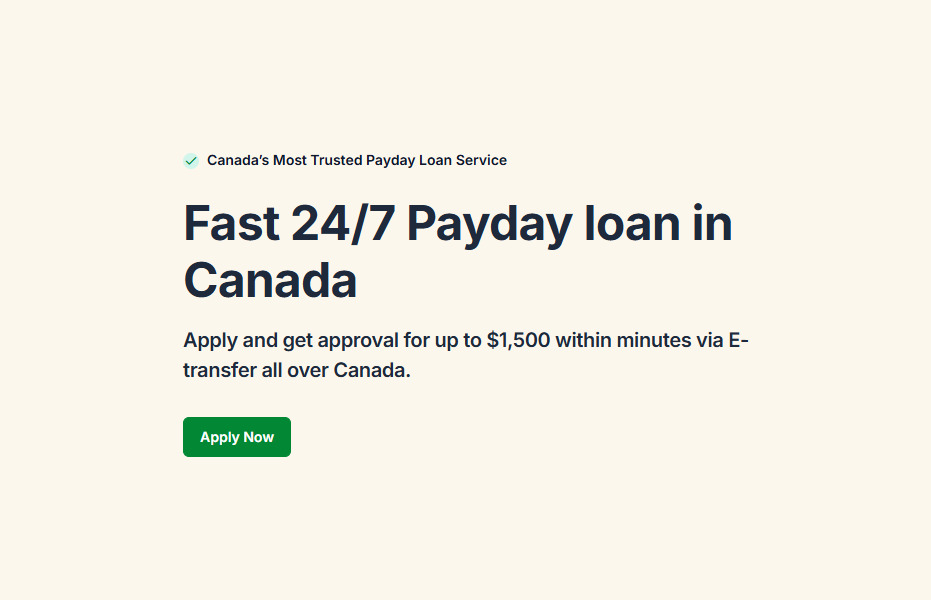
Credit Card Minimum Payments Explained
March 14, 2025 by Finquest FinancialMany Canadians rely on credit cards for daily expenses, but making only the minimum payment each month can be costly. Understanding how minimums are calculated and the impact on interest charges helps you make smarter repayment decisions.
What Is a Minimum Payment?
A minimum payment is the smallest amount you must pay to keep your account in good standing. In Canada, this is often 2%–3% of your balance or a flat amount (such as $10), whichever is greater. While paying the minimum avoids late fees, it does little to reduce your debt.
How Interest Adds Up
Credit card interest rates in Canada average 19%–22%. If you pay only the minimum, most of your payment goes toward interest rather than principal. For example, a $2,000 balance with a 19.99% rate could take more than a decade to pay off with minimums alone — and cost thousands extra in interest.
Why People Choose Minimum Payments
- Limited cash flow during emergencies.
- Misunderstanding of how interest compounds.
- Belief that paying the minimum avoids financial consequences.
Better Repayment Strategies
- Pay more than the minimum whenever possible.
- Target high‑interest cards first (debt avalanche) or small balances for motivation (debt snowball).
- Consider balance transfers to lower‑rate cards for faster repayment.
- Use windfalls like tax refunds to make lump‑sum payments.
When Minimums Feel Unavoidable
If you’re stuck paying minimums due to other urgent expenses, know that it’s a temporary situation. For short‑term relief, Finquest Financial provides payday loans up to $1,500, giving you breathing room while you work on reducing higher‑interest debt.
Apply NowFor more on managing debt, visit Equifax, TransUnion, or Credit Karma to review your credit report and track progress.
Continue Reading
🔗 Previous Post: Daylight Savings and Your Spending Habits | Financial Behaviours
🔗 Next Post: Affordable Home Energy Saving Tips | Cut Utility Bills